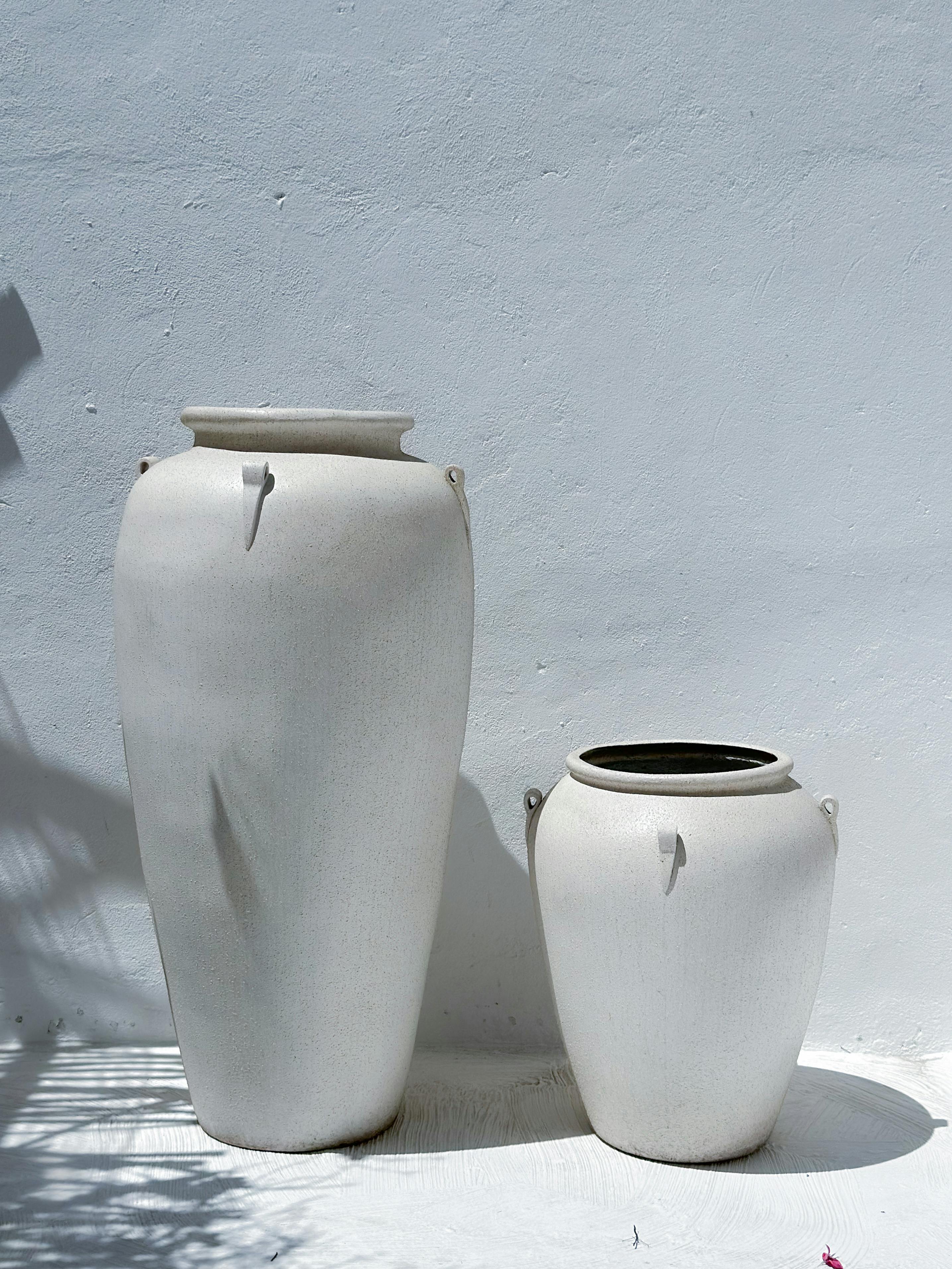So you’ve heard about the GCP Container Registry and you’re eager to get started with it. Look no further, because in this article, we’ll guide you through everything you need to know about leveraging this powerful tool for managing your container images. Whether you’re new to containerization or already well-versed in Docker, join us as we explore the ins and outs of the GCP Container Registry and how it can streamline your development process. Get ready to unlock the full potential of container images with this comprehensive guide.

Setting up GCP Container Registry
Setting up GCP Container Registry is the first step to leverage managed container images on the Google Cloud Platform. To get started, we need to create a GCP project where our container images will reside. This project will serve as a container repository and provide the necessary environment to manage our images effectively.
Once we have our project set up, the next step is to enable GCP Container Registry within our project. By enabling this service, we can leverage the power of the Google Cloud infrastructure to store and manage our container images securely.
To interact with GCP Container Registry, we need to install the gcloud SDK, which provides command-line tools to perform various tasks related to managing container images. This SDK allows us to authenticate with GCP, configure permissions, and perform operations such as pushing and pulling container images to and from GCP Container Registry.
Before we can start pushing container images to GCP Container Registry, we need to authenticate ourselves with GCP. This ensures that only authorized users or services have access to the container images. With the necessary authentication in place, we can securely push our container images to GCP Container Registry.
Pushing Container Images to GCP Container Registry
To start pushing container images to GCP Container Registry, we first need to build a container image. This involves creating a Dockerfile, which defines the necessary instructions to build our image. We can then use the Docker build command to build the image locally.
Once we have built the container image, it is essential to tag it with a specific name and version. Tagging helps organize and differentiate different versions of an image. It also simplifies the process of referencing and identifying specific images when deploying them.
To configure Docker with GCP, we need to set up the necessary authentication and authorization credentials. This involves using the gcloud command-line tool to generate a JSON key file and configuring Docker to authenticate using this key file. With Docker properly configured, we can push our container image to GCP Container Registry.
With the container image built and tagged, and Docker configured, we can now push the image to GCP Container Registry. By using the gcloud command-line tool, we can push the image to our project’s container registry, making it available for deployment and sharing.

Managing Container Images in GCP
Once we have pushed container images to GCP Container Registry, it’s essential to be able to manage them effectively. GCP provides various commands and tools to help us list, view details, and delete container images as needed.
Listing container images allows us to see all the images stored in our GCP project’s container registry. This helps us keep track of the different images and their versions, making it easier to manage and deploy them.
Viewing details of a container image provides us with information such as the image name, version, size, and metadata associated with the image. This information can be useful when troubleshooting or identifying specific images and their properties.
Deleting container images is necessary to free up storage space and remove obsolete or deprecated images. GCP provides commands to delete container images, ensuring that they are securely removed from the container registry.
Securing Container Images
Container image security is a critical aspect of managing containerized applications. GCP provides several security features to help us secure our container images effectively.
Using IAM roles and permissions, we can assign specific roles to users or service accounts, allowing them to perform certain actions on our container images. This helps ensure that only authorized individuals or services can access and modify the container images.
Configuring access control for container images allows us to manage who can view, push, or delete the images in our GCP project’s container registry. We can set fine-grained access control settings based on IAM roles or specific email addresses, providing a granular level of control over image access.
Enabling container image vulnerability scanning is another crucial aspect of securing our container images. GCP provides built-in vulnerability scanning for container images, which helps identify known vulnerabilities and provides recommendations to remediate them.

Sharing Container Images
Container image sharing is often required when collaborating with other teams, sharing images across projects, or providing access to external users. GCP provides several mechanisms for configuring access to container images and facilitating image sharing.
By configuring access to container images, we can control which users or service accounts have access to view, push, or delete the images. This helps maintain security and ensures only authorized individuals can interact with the images.
Sharing container images across projects allows us to make our images available for consumption in different GCP projects. This can be useful when deploying applications that rely on a shared set of container images or when working on multiple projects that require the same base images.
Sharing container images with external users is necessary when collaborating with individuals or organizations outside our GCP projects. GCP provides mechanisms to share container images publicly or with specific email addresses, providing flexibility in sharing options.
Using Container Images in GCP
Having container images stored in GCP Container Registry opens up opportunities to leverage them within the Google Cloud Platform. We can use container images to create and deploy container clusters, pull images for use in applications, and deploy containerized applications.
Creating and deploying a container cluster involves utilizing GCP’s managed Kubernetes service or other similar container orchestration tools. We can deploy a cluster and configure it to use our container images from GCP Container Registry, allowing us to scale and manage our applications effectively.
Pulling container images from GCP Container Registry is the process of retrieving images stored in our container registry for use in our applications. By referencing the image name and version, we can easily pull the required image and use it to run our applications.
Deploying containerized applications involves using our container images to run and manage our applications efficiently. With GCP’s container tools and services, we can deploy and manage our applications seamlessly, taking advantage of containerization benefits such as scalability, isolation, and resource efficiency.

Automating Container Image Builds
Automating the process of building container images can save time and effort, especially in scenarios where frequent updates or deployments are required. GCP provides tools and features that enable us to automate container image builds, ensuring efficient and reliable image creation.
Building container images with Cloud Build triggers allows us to set up triggers that automatically initiate the image build process whenever specific events occur. These triggers can be based on source code changes, branch updates, or even manually triggered events, providing flexibility in automation.
Creating build pipelines helps organize and streamline the process of building container images. We can define multiple build steps, dependencies, and configurations within a pipeline, allowing us to customize and orchestrate the image build process according to our requirements.
Using build triggers with source control enables us to integrate our container image builds with popular source code management systems such as GitHub or Bitbucket. By setting up build triggers, we can automatically build container images whenever changes are pushed or merged into a repository, ensuring that our images are always up to date.
Using Container Images with Kubernetes
Kubernetes is a popular container orchestration platform that can be integrated with GCP Container Registry to utilize container images effectively. By containerizing our applications with Kubernetes, we can benefit from the scalability, manageability, and fault tolerance features of the Kubernetes ecosystem.
Deploying Kubernetes resources with container images involves defining Kubernetes manifests such as deployment or statefulset files and referencing the desired container images from our GCP Container Registry. Kubernetes will then pull the image and create the necessary resources, ensuring our application runs smoothly.
Scaling and managing containerized applications with Kubernetes is straightforward. With GCP’s Kubernetes Engine, we can easily scale our application replicas up or down, perform rolling updates, and manage the resources allocated to each container instance. By leveraging container images and Kubernetes together, we can optimize the deployment and management of our applications.

Monitoring and Logging for Container Images
Monitoring and logging play a crucial role in managing containerized applications effectively. GCP provides robust tools and features to set up monitoring and logging for container images, helping us gain insights into the performance, health, and behavior of our applications.
Setting up monitoring and logging for container images involves configuring GCP’s monitoring and logging services to collect and analyze relevant metrics and logs. We can set up monitoring dashboards, create custom alerts, and visualize metrics specific to our containerized applications, enabling proactive monitoring and troubleshooting.
Analyzing logs and metrics allows us to gain insights into the behavior and performance of our containerized applications. By monitoring key metrics such as CPU and memory usage, request latency, and error rates, we can identify bottlenecks and potential issues. Analyzing logs can help track events, debug errors, and understand the runtime behavior of our applications.
Configuring alerts is essential to stay informed about critical events and issues in our containerized applications. By setting up custom alerts based on specific conditions or thresholds, we can get notified when anomalies occur, enabling us to take prompt actions and ensure the smooth operation of our applications.
Troubleshooting Container Images
Troubleshooting container images is an inevitable part of managing containerized applications. GCP provides tools, features, and best practices to help us with common issues, debugging container image builds, and troubleshooting runtime errors.
Common issues with container images can range from configuration errors to compatibility issues. GCP provides documentation and community resources to help troubleshoot these issues, ensuring that we can resolve them efficiently and minimize downtime.
Debugging container image builds involves analyzing the Docker build output, reviewing the build instructions, and checking for any errors or warnings. By following best practices and understanding the build process, we can quickly identify and fix issues that may arise during the image build process.
Troubleshooting runtime errors can involve investigating application logs, monitoring metrics, and examining the behavior of our containerized applications. By utilizing the built-in monitoring and logging features provided by GCP, we can diagnose and resolve runtime errors effectively, ensuring the optimal performance of our applications.
In conclusion, GCP Container Registry offers a powerful and comprehensive solution for managing container images on the Google Cloud Platform. From setting up the registry to securely pushing and managing images, securing and sharing them, and utilizing them in various deployments, GCP provides a robust and efficient container image management platform. With the availability of automation, integration with Kubernetes, monitoring, logging, and troubleshooting features, GCP Container Registry becomes an indispensable tool for developers and organizations embracing containerization and the cloud-native ecosystem.
